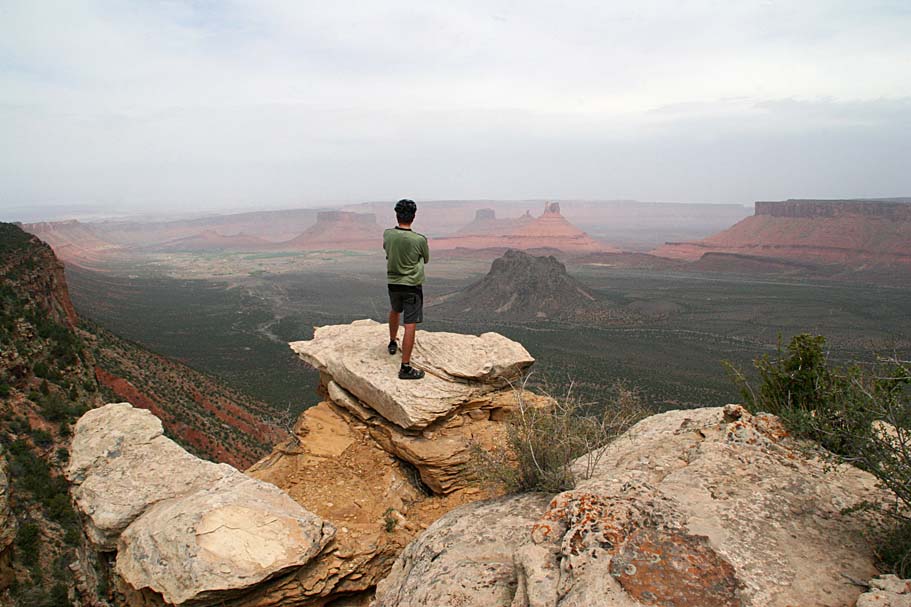

By scaling up solar and wind power, more and more Utahns will be able to enjoy the health and economic benefits of a clean energy economy. In 2017, more than one-tenth of all the state’s solar generation came from small-scale, distributed facilities. In 2018, Utah had the 10th most solar generating capacity of all states - just one year prior, it ranked 27th. The renewable energy industry is growing in Utah. By 2030, about 840,000 people in Utah, more than a quarter of the state’s population, could be receiving their power from affordable, renewable energy. The Community Renewable Energy Act is an innovative new law that offers Utah communities the chance to benefit from the environmental, economic and health opportunities provided by renewable energy. “With nearly boundless solar potential, Utah is leading the way toward a clean and renewable future.” HB411 promotes clean air, consumer choice, and a more predictable and resilient energy economy,” said Mayor Andy Beerman of Park City, the first Utah community to commit to 100% in the state. “We’re thrilled to see so many Utah communities setting 100% renewable energy goals. Commitments include: Park City, Salt Lake City, Moab, Summit County, Cottonwood Heights, Holladay, Salt Lake County, Oakley, Kearns, Kamas, Millcreek, Francis, Ogden, Grand County, Orem, West Jordan, Springdale, Alta, Coalville and West Valley City. Under the bill, adopted earlier this year, Utah municipalities and counties that commit by Decemand are serviced by Rocky Mountain Power (RMP) will be supported in achieving a net-100% renewable energy portfolio by 2030.

A total of 20 Utah communities have committed to 100% renewable energy by 2030, taking advantage of the Community Renewable Energy Act (HB 411).


 0 kommentar(er)
0 kommentar(er)
